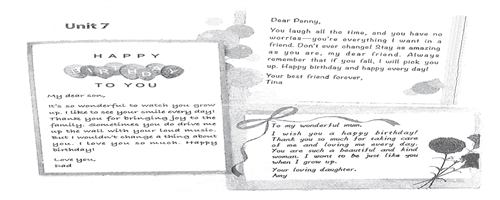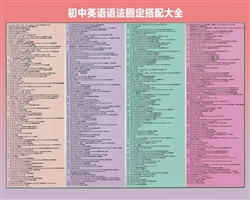The first domestic house known to have been built on the site of Number 10 was a large dwelling leased to Sir Thomas Knyvet, a Parliamentarian and Justice of the Peace. It was Knyvet who arrested Guy Fawkes for the Gunpowder Plot of 1605. After his death the house passed to his niece, Mrs. Hampden, the aunt of Oliver Cromwell.
The front part of the house we see today, and the adjoining house at Number Eleven, were built by a Harvard graduate and property speculator called George Downing. He acquired rights to the site during the brief period of Parliamentary rule in the 17th Century. A portrait of the man, who was widely regarded as a profiteering rogue, now hangs in the Entrance Hall.
The very ordinary address and the modest terraced face are deceptive, giving little clue to the real size and grandeur within. Number Ten in fact consists of two houses. The house which faces Downing Street is a typical late 17th century town house. But it conceals a complicated building which was refronted in the 18th C and enlarged in the 20th C. A corridor joins this house to what was once a mansion in its own right, with a walled garden and a view across Horse Guards' Parade. The two houses were joined in 1732 when the property became an official government residence. Sir Robert Walpole moved in in 1735, replacing the last tenant, Mr Chicken.
At the time Walpole was First Lord of the Treasury and was informally seen as the first British Prime Minister. Walpole secured the property as a residence for all future First Lords of the Treasury. Today the Prime Minister still resides at Downing Street by right as First Lord of the Treasury, and accordingly his title adrorns the letter-box on the famous black front door.
The house has seen much restoration, alteration and tinkering over the years. It has changed to accommodate new functions for the building, the fashions of the times, the tastes of its occupants and sometimes even urgent need to shore up the very structure of the house itself.
Prime Ministers have overseen great changes both within and without the house. This has given the house a different atmosphere almost every generation. Viscount Goderich ordered the creation of a large dining room at No.10 in the 1820s. The houses on the South side of the street were pulled down in the 1860s to be replaced by the great buildings of state which now overshadow the modest terrace. Electricity replaced gas and candlelight in 1894, and telephones arrived soon after this. In the early 1960s major restructuring work was carried out in order to save the building from collapse and to create a better working environment for staff. In 1988-89 the architect Quinlan Terry was brought in to enrich the decoration of the drawing rooms. And in 1993-95 computer cabling, which has greatly changed the way No.10 staff perform their day-to-day duties, was installed.
Number 10 Downing Street stands close to the site of what was once the palace of Whitehall. This was an enormous rambling collection of buildings and gardens confiscated from Cardinal Wolsey by Henry VIII. It served as the official residence of the Monarch until it was destroyed by fire in 1698. The only part of the palace of Whitehall that remains is the Banqueting House, a spectacular building that can be visited and is almost opposite Downing Street on Whitehall.





 。
。